TRIDACNA MAXIMA (ULTRA BLUE)
Q3,800.00 Original price was: Q3,800.00.Q3,500.00Current price is: Q3,500.00.
Out of stock
TRIDACNA MAXIMA (ULTRA BLUE)
The tridacna maxima clam is a beautiful addition to our aquarium. It is usually seen in blue, gold, green, purple or other colorations. In a matter of days, it begins to pull out some byssus threads, to join its new place. At first you can turn around to find the amount and direction of water flow that best suits you. The tridacna Máxima can grow from 1 to 1.5 centimeters per year, up to a maximum of more than 30 cm in the wild. Its shell is typically elongated up to about three times as long as it is wide.
LIGHT
It needs intense lighting and requires more actinic lighting than other “non-blue” species. They have heavy grooved shells with 4 or 6 folds with a shiny coating and pigments that protect the sensitive part of this mollusk from excess UV light. Therefore we must treat the tridacnas as if they were just another coral on our reef, they need HQI O T5 light and high current although not directly on it.
FEEDING
It is a filter-feeding animal, therefore it consumes both organic nutrients that are dissolved in the water, such as phytoplankton, and inorganic nutrients, such as nitrates and ammonium. In captivity, feeding is a bit problematic, we need a good current that distributes the nutrients throughout the aquarium so that our tridacna benefits, if not, we can add a small solution of enriched nauplius to it and with the help of a tube. Smoothies made from seawater and different mixtures of fish and mollusks are widely used, such as hake, mussels and shrimp, however if our filtration is not powerful we can induce a harmful nitrate peak and we must be cautious. Excess food also ulcerates and damages our tridacna, sometimes we opt for dripping the shake throughout the day. This way the sediments decant and are not added to the aquarium and we can control the increase in nitrates and ammonia. These mollusks house microalgae, zooxanthellae, in the gaps left by the cells of their mantle. The microalgae thus obtain shelter and food from the waste products of the Tridacna in exchange for part of the food produced. This provides these mollusks with sugars and amino acids, so their diet no longer depends on what they find outside.
OTHER CARE
It can be attacked by worms and other parasites that can still be controlled by introducing the wrasse Pseudocheilinus hexataenia into our aquarium, providing it with a base so that it is not in contact with the sand. It is very important that the tridacna feels safe and that is why we must fix it to the substrate with some special resin, although we must always keep in mind that the animal needs to be able to open and close the valves freely. The quality of the water must be in excellent condition in terms of ammonia, phosphate, nitrites and nitrates. Furthermore, they are usually very sensitive to changes in density, so the evaporated water will have to be replaced every so often. NOTE They are very delicate beings, being very sensitive to the amount of light, quality of water, etc. Therefore, this mollusk is not recommended for beginners.
Be the first to review “TRIDACNA MAXIMA (ULTRA BLUE)” Cancelar respuesta
Related products
Crabs
Invertebrates
Invertebrates
Invertebrates
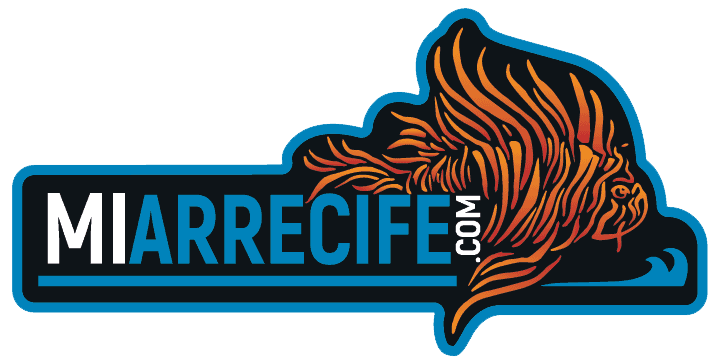
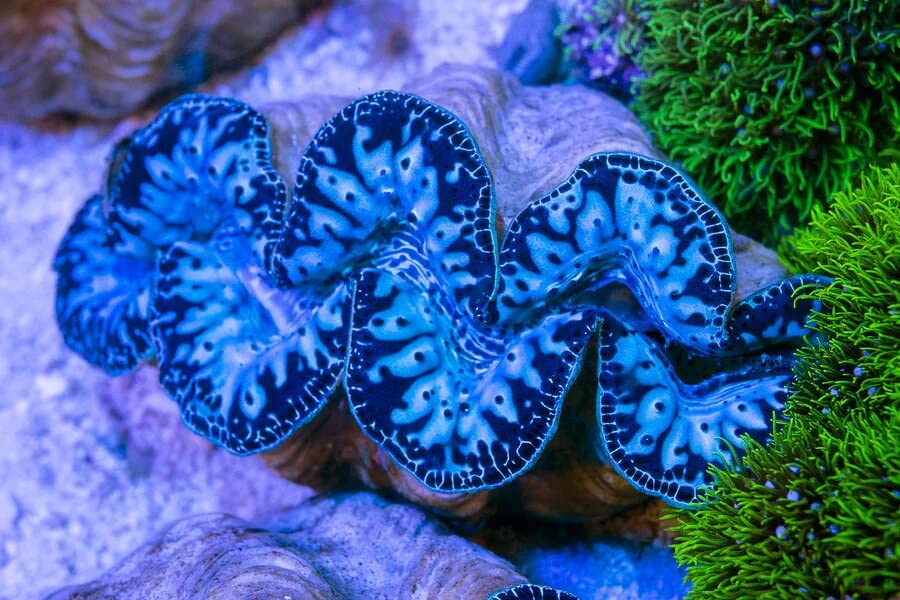
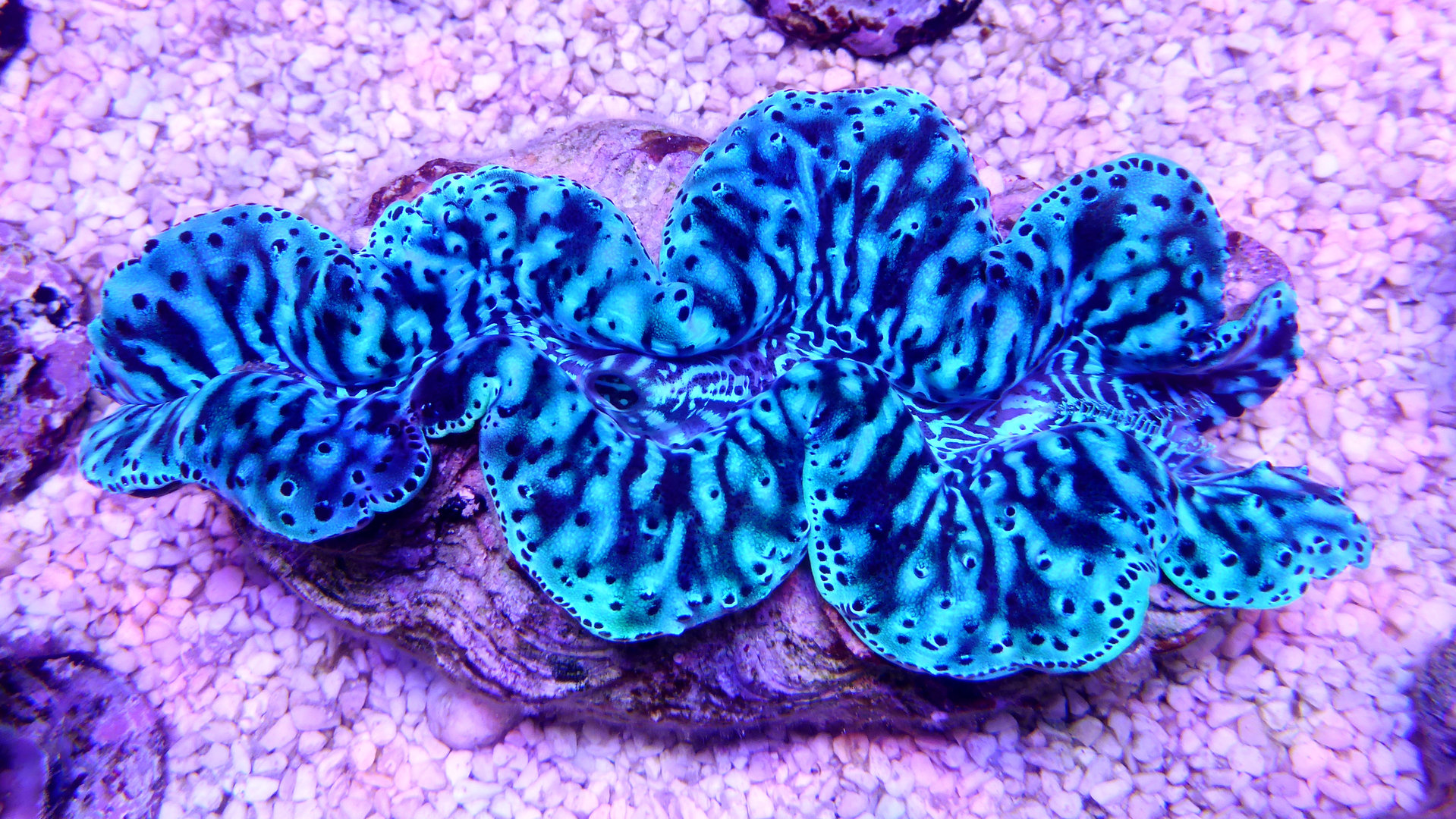
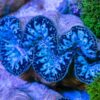
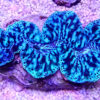
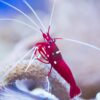
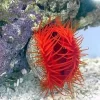
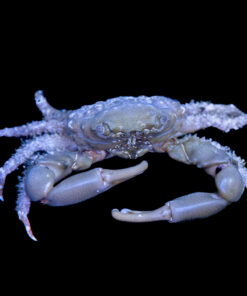
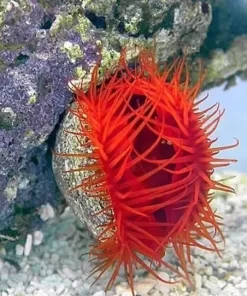
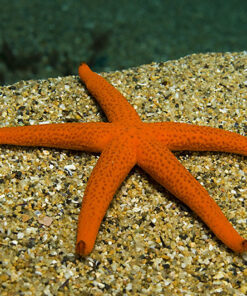
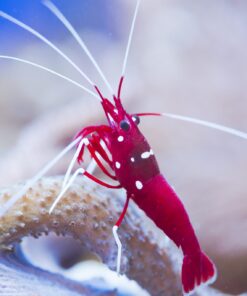
Reviews
There are no reviews yet.